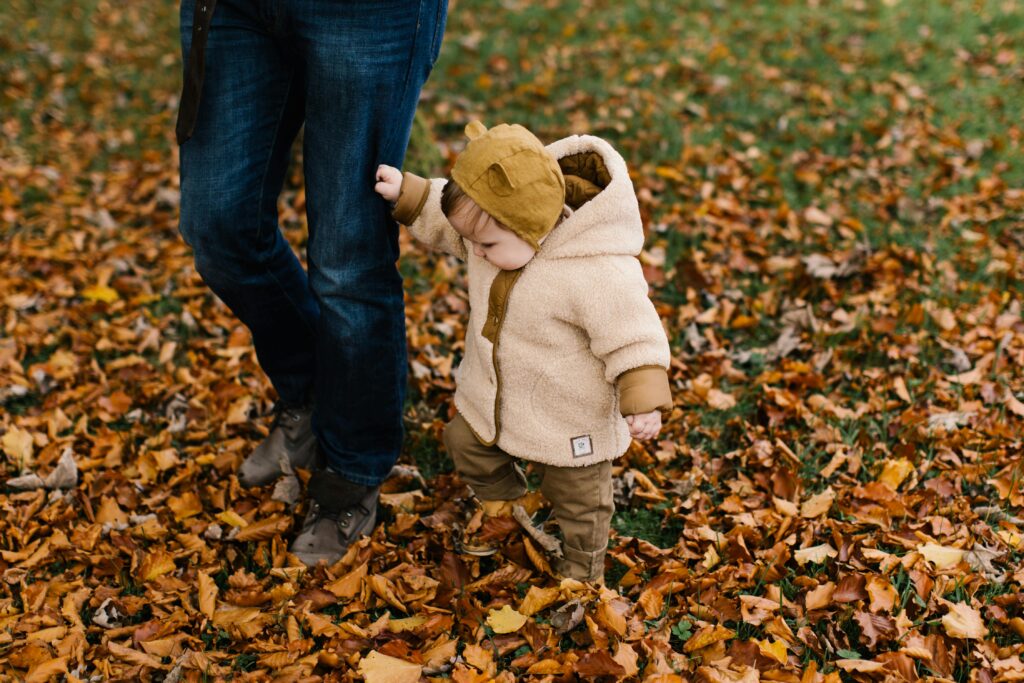How to Consider a Sustainability Leadership and Climate Action Plan in your Setting.

Context
A study conducted by Nature found that a child born in 2020 will experience an ‘unprecedented increase’ in extreme weather events over their lifetime, and their world will be ‘fundamentally shaped by the climate crisis.’
The Department for Education (DfE) recognises that education settings have a vital role to play in responding to climate change. By implementing a Sustainability Leadership and Climate Action Plan, settings can make a positive contribution to reducing environmental impact.
The DfE sets out that settings should have nominated a sustainability lead by September 2025, someone who champions reducing environmental impact and leads a strategic plan forward.
Support Available
To help settings deliver their sustainability strategy, the DfE, in partnership, provides a range of resources, including:
- Education Nature Park
- Sustainability Support for Education
- Climate Ambassadors: Turning Climate Ambition into Climate Action in Education
- Count Your Carbon
Settings can do their part by reducing their environmental footprint. Although the guidance is non-statutory, it is important for education settings to recognise that this is a vital subject that deserves attention and discussion.
What can we do?
There is a good chance that, as a setting, many aspects of a sustainability plan will already be in place. For example, recycling within the setting, discussing the environment with the children, and outdoor learning.
The strategic plan should not add to the workload of any setting and should work alongside what you already do. Yes, a plan should be written, but this can be an exciting opportunity, especially when led by someone enthusiastic about sustainability. It does not need to be complex—just practical and achievable.
Simple ideas to get started
- Switch to LED lighting – Reduces energy consumption and cuts energy bills.
- Reduce single-use plastics – Swap out disposable items for reusable or biodegradable alternatives.
- Use biodegradable wipes – A small change that can make a big difference over time.
- Encourage outdoor learning – Foster a connection with nature and promote environmental awareness.
- Involve children in eco-projects – Composting, gardening, or litter-picking can be fun and educational.
- Encourage walking, cycling or public transport – Families and staff can reduce carbon emissions by choosing greener travel options.
- Use a food waste bin – Collect leftover food, fruit peelings, and other compostable items to reduce landfill waste and support composting efforts. (food waste bins will be given to all households in North Tyneside in 2026).
- Organise litter picks – A hands-on way to teach children about caring for their environment and keeping spaces clean.
- Grow plants indoors or outdoors – Use pots, raised beds, or recycled containers to grow herbs, flowers, or vegetables.
- Use natural cleaning products – Choose eco-friendly, non-toxic cleaners that are safer for children and the environment.
- Create a bug hotel – Encourage biodiversity and give children a chance to observe nature up close.
- Share eco-tips in newsletters – Keep families informed and engaged with small, actionable ideas they can try at home.
Ready to find out more?
There are many options available to create a more sustainable setting - these are just some examples which can make a difference.
Here in North Tyneside, we are proud to be taking steps to protect our environment—most recently through Recycling Week. By continuing the conversation and taking small, meaningful actions, we can ensure that the children in our care today grow up in a world that values sustainability and climate responsibility. Let us lead the way.


